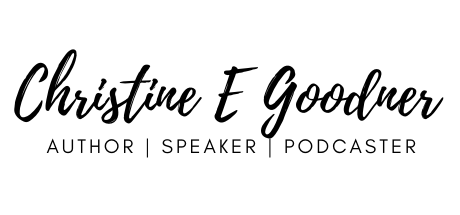This week on the Time to Practice podcast, we’re speaking with Raúl Gómez-Rojas, musical director of…
Motivation, Movement, and Health with Dr. Hannah Murray
This week on the Time to Practice podcast I’m thrilled to be speaking to Dr. Hannah Murray.
Here is some of Hannah Murray’s background from her website: “Dr. Hannah Murray is a violinist and teacher based in Los Angeles, California. She is an internationally recognized artist and the co-founder and creator of corpSonore – sound | body | wellness a platform and podcast dedicated to the health and wellness of all musicians. Hannah is a certified 200-hour yoga teacher, completing her training with Noah Mazé and Rocky Heron and holds a certificate in “Essentials of Performing Arts Medicine.” She is a Suzuki certified violin teacher and currently completing the Timani Training. She is one of only three Timani teachers in the United States . . .
She regularly performs, records, tours and collaborates with a diverse collection of composers, ensembles, and performers including 2cellos, Andrea Bocelli, Amy Grant, Michael Bublé, West Thordson, Jung Jae-il, Astronautalis, P.O.S., Me and My Arrow, THEMES, A Whisper in the Noise, and WIVE. Hannah has also appeared at many indie rock, jazz, and classical music festivals all over the world including the EOM20 Festival in Leipzig, The Oregon Coast Music Festival, SXSW, Marrowstone Music Festival, The Jamey Aebersold Summer Jazz Workshop, BRAVO!, The Hawaii Performing Arts Festival, and the CICA International Music Festival.”
In this conversation, we’re going to talk about the important roles teachers have in their student’s lives and how her motivation changed from being a young musician to her time at Interlocken, and into her adult life. We cover the benefit of movement as musicians and the importance of creating structure for students who need it, as well as the importance of creating spaces where it’s safe to share how what we’re doing affects us so that our teachers can help us find better ways.
I feel like we just scratched the surface of what we could have talked about, so I’m excited to have you listen and also to invite Dr. Hannah Murray back so we can talk more. Enjoy!

To Listen to the full episode you can find the Time to Practice Podcast on Apple Podcasts, Audible or your favorite podcast platform. You can also listen directly from the link below:

Helping Students SLOW Down During Practice: A FAQ episode with Barbie Wong – Time To Practice
Highlights of our conversation with Dr. Hannah Murray include:
On Practicing as a young student (and her mom): “It was hard for her. It was hard for me, but I’m really happy that I didn’t give up. . . . I find this with a lot of my parents and students where they’re like, it’s just a chore to get her to practice. It’s just this, just that blah, blah, blah, so hard. And I always tell them, it was the same for me. It was the same for me. I struggled so much with it. When you get to the other side of it, you’re going to be so happy you got there and good luck. I also run into so many adults when I’m outperforming who say, oh, I played violin, or I was an orchestra, and then I quit. And they regret it. Every single one of them regrets it. And so at that 11, 12, 13 age, when you give them the choice to quit, you have to also know that they could be walking up to a professional at a wedding ceremony going, I wish I’d never quit. That’s the momentum to get across that bridge.”
Christine Goodner:
“Yes. I was thinking that as you were speaking, that even if I just go to the doctor or anywhere and people say, what do you do? And then I tell them what to do, they’re like, oh, I wish my mom hadn’t let me quit. I wish my parents hadn’t let me quit.
And in their mind it was like, why? But it’s probably because they were begging to quit or these arguments were going on. Or the parent is saying, I don’t want to fight with you about this or pay for this if you’re not doing it. And I too would say to people, I always see the students that stick with it come out the other side, and sometimes they come out the other side at the beginning of high school and sometimes they come out the other side their senior year in high school. And I’ve had a few years where I’m like, should I keep teaching this student? But they always come out the other side,”
Dr. Hannah Murray :
“And I have colleagues. We’re all the same. I think every parent, in my experience, every parent goes, it must not be like this for professionals if you’re good. It’s always been easy. They’ve always wanted to do it. No, I have so many colleagues who were, like, my parents told me I couldn’t go play with my friends until I practiced, so I just stood there and cried. And there’s the whole spectrum of how we all got through it, but we all when we hit that patch, for sure.

Links in this episode with Dr. Hannah Murray:
Dr. Hannah Murray’s website: https://www.activeviolinist.com/
Find Hannah on Instagram Corpsonore & Activeviolinist
Hannah Murray’s ActiveViolinist website
Youtube: The Virtuoso Music Academy.
Find blog post & Transcript for this episode here: https://www.Suzukitriangle.com/ttpepisode55
Connect with Christine on Instagram: https://www.Instagram.com/suzukitriangle

